Home Away from Home: An Early History of Residential Life at Old Dominion University
Due to its urban location, as well as its beginnings as a division of William & Mary, Old Dominion University (ODU) started as a commuter school, lacking official campus housing until 1964, when the first residence hall, Rogers Hall, opened. Before the construction of Rogers, students who wished to live close to campus were able to acquire a list from the Office of Student Affairs which contained apartments and houses willing to rent or board students during the school year. In the mid-1970s, the housing issue became so extreme that the University used motels and hotels in Norfolk and Virginia Beach as overflow housing for students. Lack of housing remained a significant issue for the University; while the first two residence halls were built in quick succession, other campus residences would not be constructed until the late 1970s, in the form of the Powhatan Apartments, followed shortly by the construction of what was originally called Mid-Rise, now known as Whitehurst Hall. ODU has continued to build residence halls sporadically since the 1980s, with the most recent, Owens House, completed in 2020. This essay will focus on the three dormitories that marked Old Dominion’s transition from a commuter to a residential campus: Rogers Hall, Gresham Hall, and Powhatan Apartments.
Rogers Hall was named in honor of Crawford S. Rogers, a former president of Norfolk Shipbuilding and a member of Lewis W. Webb, Jr.’s Advisory Board, which would be replaced by the ODU Board of Visitors. It was the first official on-campus residence hall but was not actively managed by the University. Instead, Rogers, and its eventual sister hall, Gresham, would be managed by the O’Meara-Chandler Corporation with occasional input from Old Dominion. This would continue until the beginning of the 1970s, when management was handed over to ODU. Rogers Hall was built with two wings, to keep women and men separate; the east wing for women, the west for men. Rogers was built to house 184 men and 120 women, who would be housed two to a room, with each room sharing a bathroom with the neighboring room. Rogers had one feature that was a welcome addition for students…a swimming pool for residents. Unfortunately, the pool was eventually paved over in the mid-1980s.
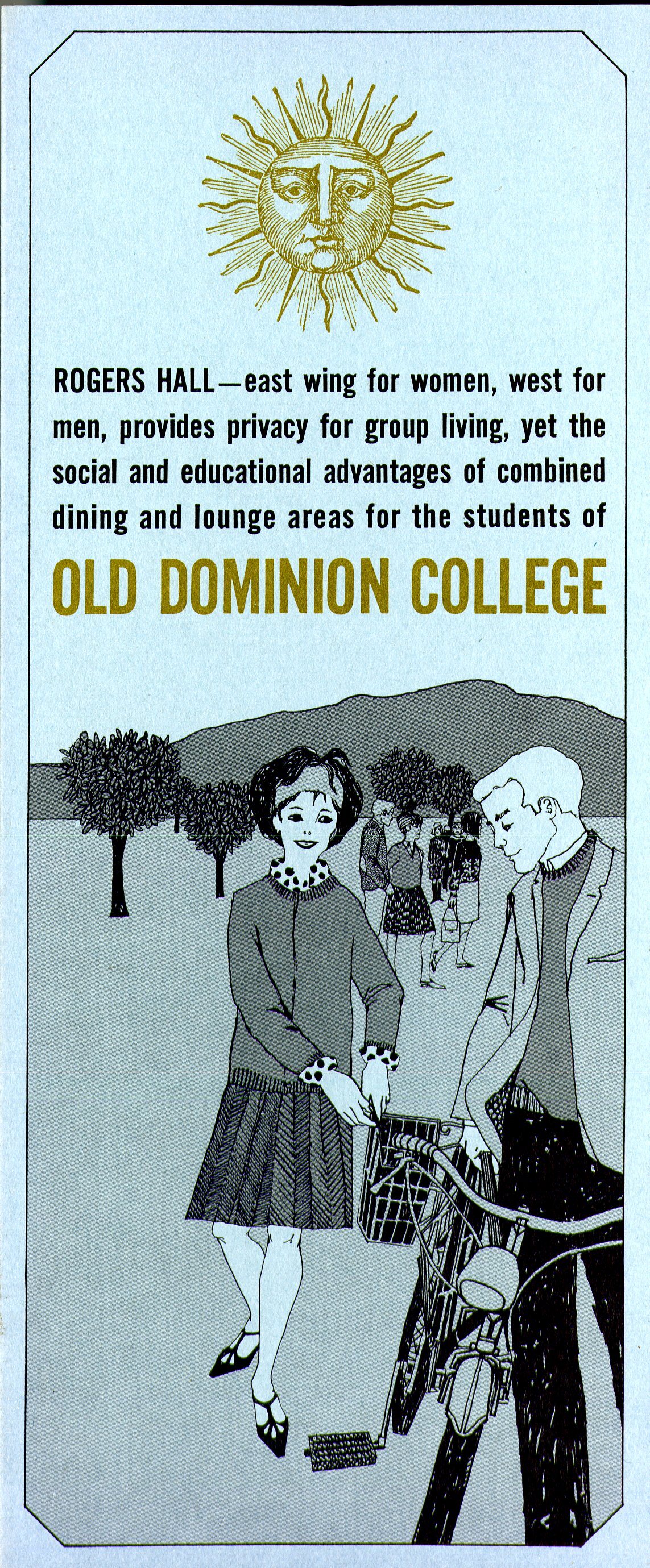
Figure 1. Residence Hall Brochure for Rogers Hall, circa 1964-1969
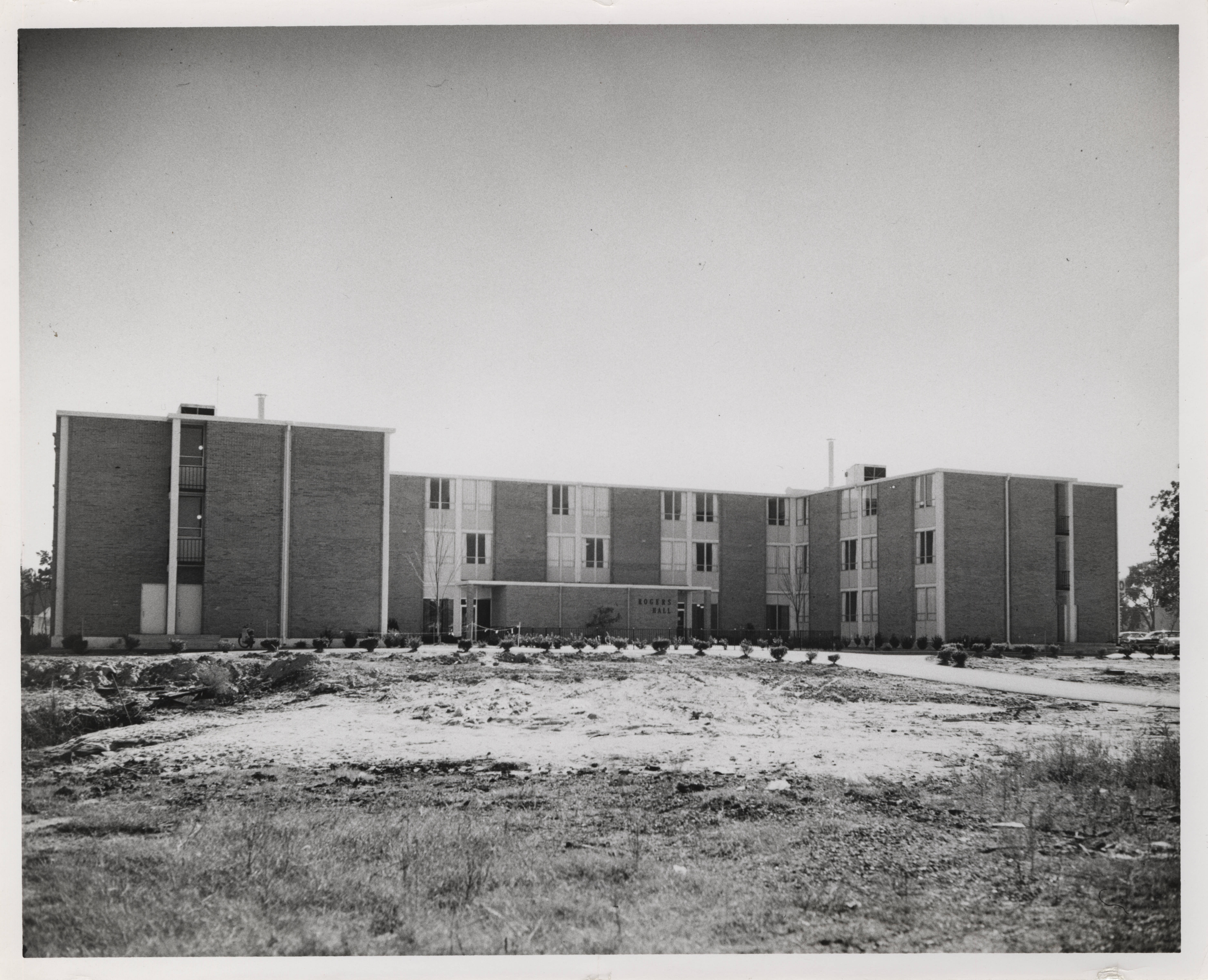
Figure 2. Rogers Hall Post-Construction, circa 1964
Two years after Rogers Hall opened, in 1966, an additional residence hall, Gresham Hall, opened to students. This hall, named in honor of E.T. Gresham, a member of Webb’s Advisory Board, was constructed identically to Rogers. Its on-site housing capacity was also identical to that of Rogers, along with the continued separation of the sexes in two different wings of the building. Annexes for both Rogers and Gresham were added in 1968 to accommodate the high demand for on-campus living. These annexes, Rogers and Gresham East, would be the last on-campus housing built until the late 1970s, when the first Powhatan Apartment complex was constructed.
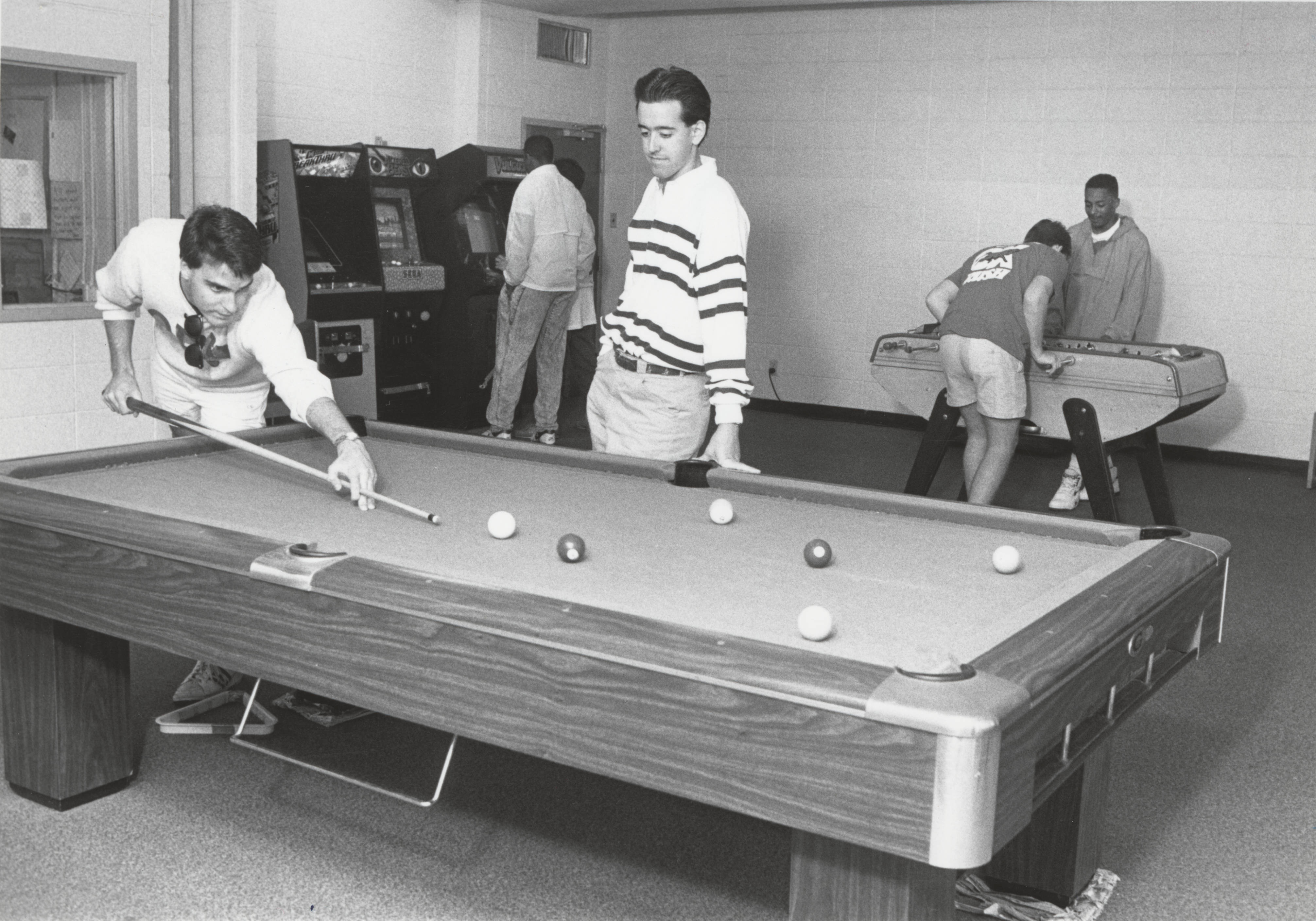
Figure 3. Gresham Hall Game Room, circa 1990-1999
Residence hall rules were particularly strict in the 1960s and 1970s, with curfews, restrictions against gender mixing outside of certain situations, and strict checkout rules for women. There were a variety of rules surrounding curfew and conduct within the dorms, which if not followed, could result in the punishment of campusing. However, campusing was a punishment given most often to women students, demonstrating the stricter control of women in the 1960s and 1970s. What was campusing? Campusing was when a student had to stay in their dorm room from 7 p.m. to 7 a.m.; campusing, depending on the severity of the crime, could last anywhere from two days to two weeks.
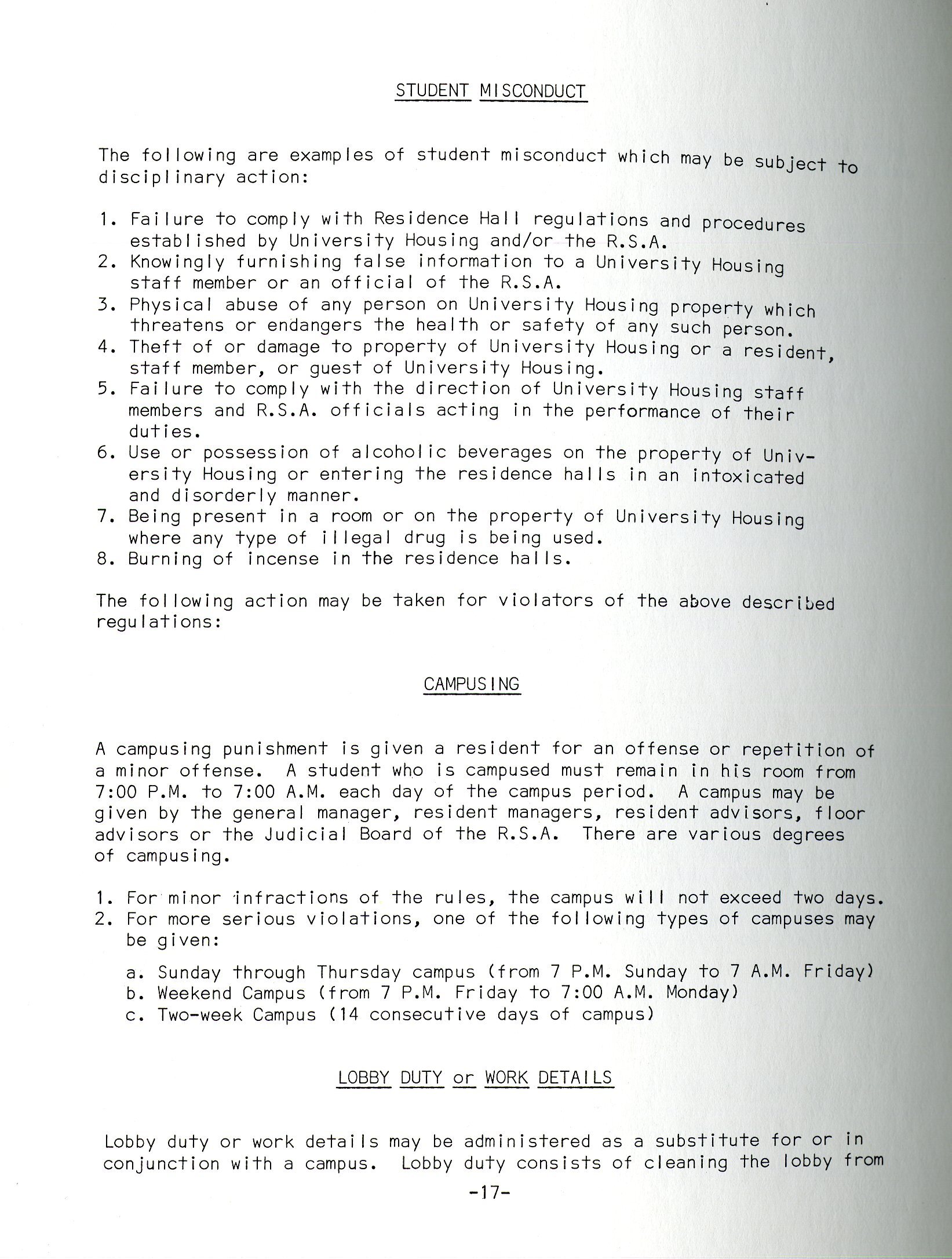
Figure 4. Excerpt of Housing Rules from Student Handbook Landmark, 1968
Off-campus housing was also available to students, before and after the construction of on-campus residences. One private off-campus housing option was Harrington House, located on Gates Avenue in Norfolk’s Ghent neighborhood, which opened in 1967. Harrington House was geared toward junior, senior, and graduate women studying at ODU who wanted a more mature environment. Harrington House was both stricter and more flexible than staying at the dorms; no alcohol or men were allowed at the House, but the women who stayed there were not restricted by a curfew. Harrington House was portrayed as a more private living option compared to Rogers and Gresham.
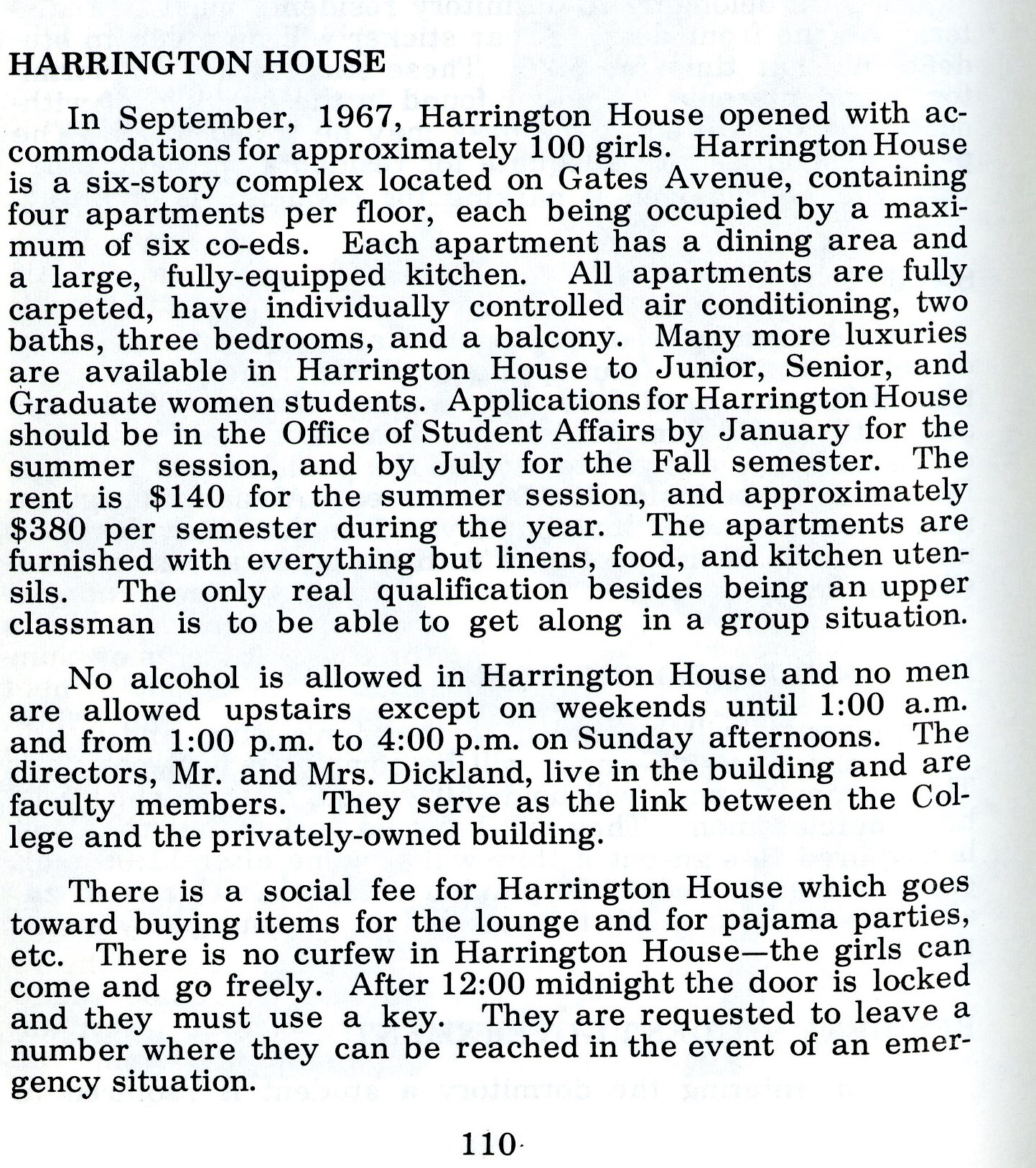
Figure 5. Harrington House Excerpt from Student Handbook Landmark, 1968
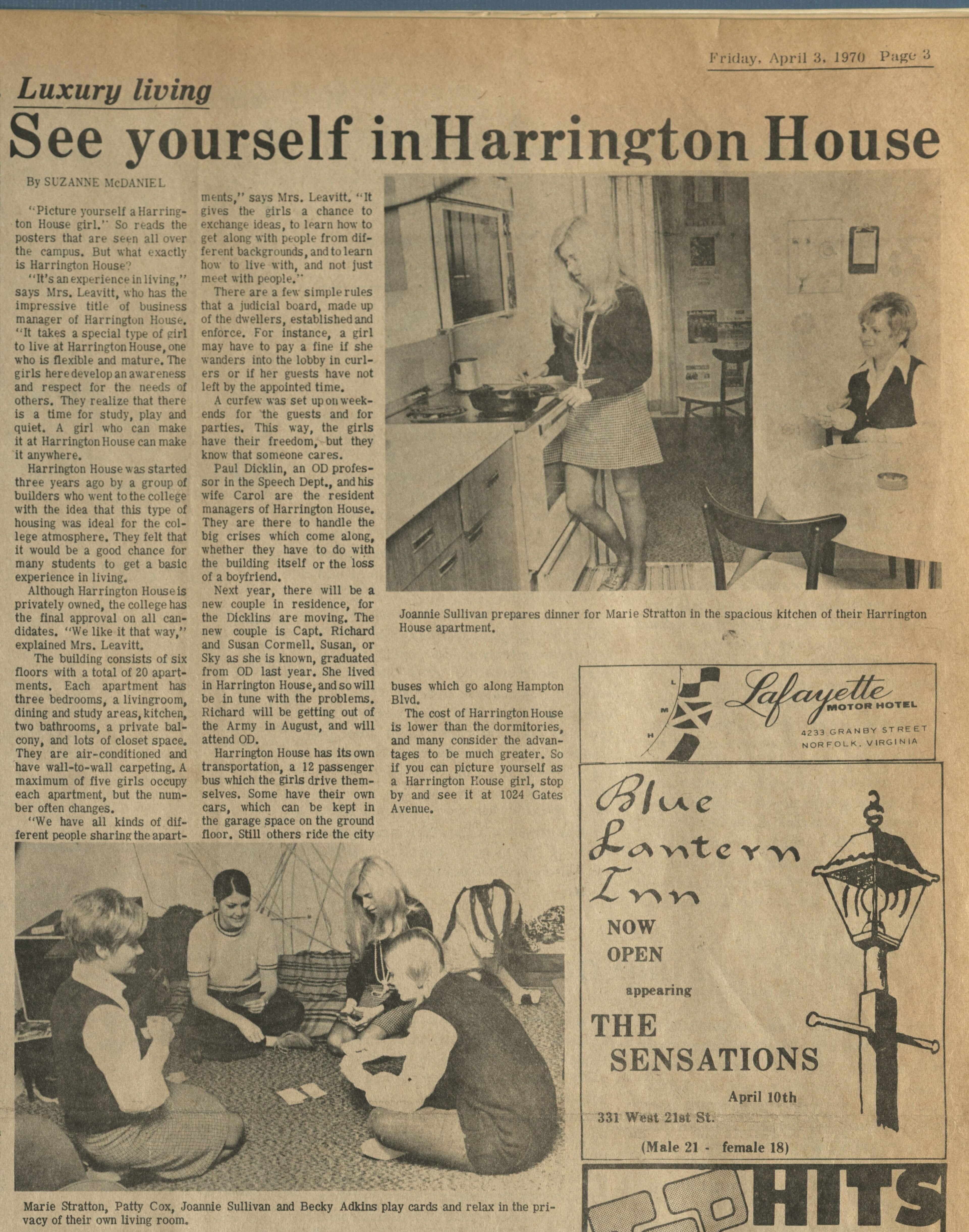
Figure 6. Mace & Crown Article on Harrington House, April 3, 1970
The campus residence that would mark the transition from the 1970s to the 1980s came in the form of the Powhatan Apartment complex, which consisted of Powhatan 1 and Powhatan 2. A Master Plan for the University, issued in 1973, recommended that the University build apartment-style residences, with kitchen facilities, living rooms, dining rooms, and bathrooms, which could facilitate both single and married college students. The first phase of the apartment complex, Powhatan 1, was designed to house 384 students in 96 units. Powhatan 1 would not be completed until 1978, as the construction saw a variety of delays and issues with the construction company. Students who lived in the first Powhatan Apartments, as well as ODU, were dissatisfied with the quality of the apartments overall. There were reports of rats in the complex, as well as many complaints by students in regard to the unpaved parking lot, which would turn into a mud pit when it rained. Despite these complaints, Powhatan offered a different environment for students who wished to live on campus. The apartments provided a more mature environment for students, while still offering students a chance to develop relationships within a residence hall setting.

Figure 7. Mace & Crown Article About Powhatan Apartments, November 5, 1979
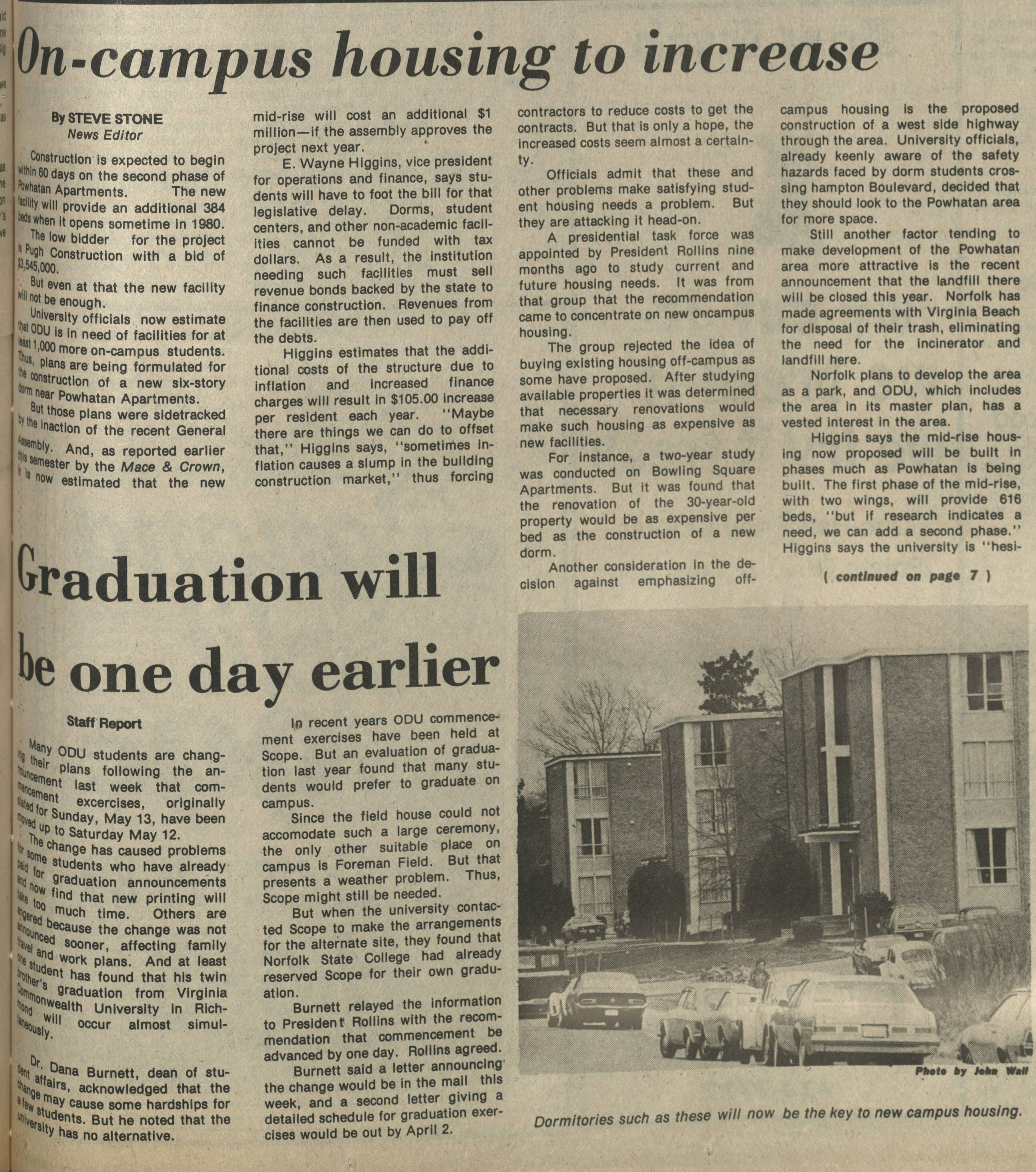
Figure 8. Mace & Crown Article Introducing Powhatan Apartments, March 19,1979
Each of these on-campus living opportunities, as well as an example of off-campus living in the 1960s and 1970s, transformed ODU and the experiences of its students. Rogers and Gresham, as the first residence halls, introduced on-campus housing for students, which facilitated ODU’s transition from a commuter school to a more residential one. Harrington House provided a more private and mature environment for women students who wished to become independent but still live with other students. The Powhatan Apartment sought to address ODU’s ever-present housing situation while also providing a more mature environment for college students. Each of these residences would shape how life was experienced at ODU well into the future and leave lasting impressions on the campus.
Steven Bookman has been the University Archivist at Old Dominion University (ODU) since 2015. Prior to coming to ODU, Steven was the University Archives Specialist at the College of William and Mary from 2007 to 2015.
Suggested citation
Please use the following as a suggested citation:
Anna Woloshin, "Home Away from Home: An Early History of Residential Life at Old Dominion University," Mapping the University, Roy Rosenzweig Center for History and New Media, George Mason University (2022): <https://mappingtheuniversity.rrchnm.org/narratives/odu-housing/>.